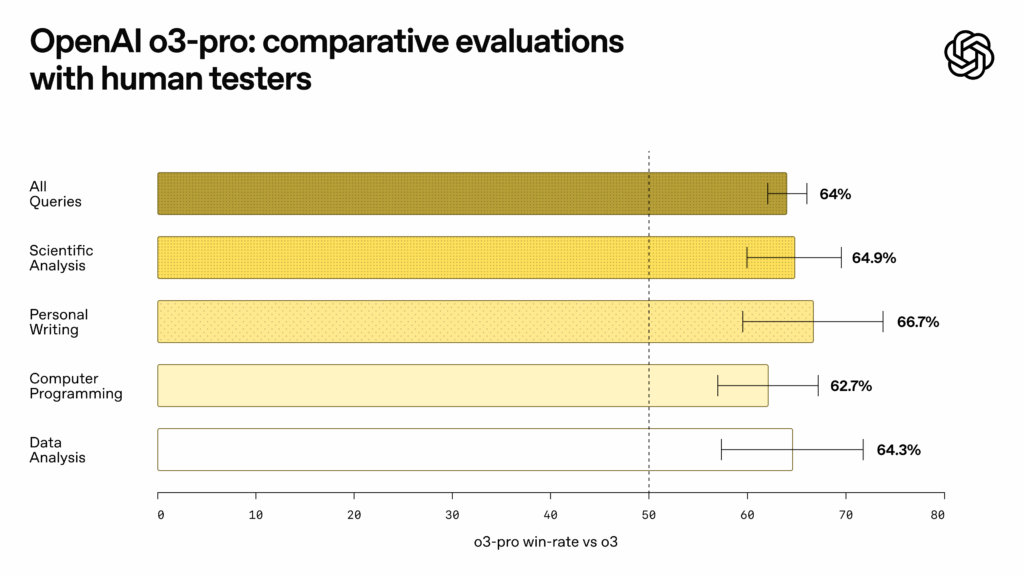Introduction to AI in Schools
Teachers in England have been given the all-clear to use AI to help them in low-level tasks that are part of their duties. Guidance from the Department for Education (DfE) says AI can be used by school teachers in England, but it should only be for ‘low stakes’ tasks, such as writing letters to parents and marking homework.
Background and Survey
The decision to approve the use of the technology follows the results of a survey of teachers in 2023, undertaken on behalf of the DfE. In it, a majority of respondents were said to be “broadly optimistic” about using AI in the course of their jobs. Responses to the 2023 survey quoted teachers saying AI can be quite useful when they need to source appropriate teaching materials, and in the course of writing reports to parents on the performance and behaviour of their children.
Benefits of AI in Schools
As part of the announcement, the DfE said that teachers using AI will help reduce the burden of unpaid overtime teachers work, and can lead to improved work-life balance and job satisfaction. By allowing staff to use AI tools, it’s hoped that the statistics around teachers’ mental health in general should improve, and will have the effect of attracting more graduates to the profession.
Reducing Teacher Workload
Part of the daily stress many teachers suffer is caused by a shortage of qualified teachers, a situation that use of AI may help. Although the UK government has pointed to a greater number of teachers employed in the entirety of the UK than a decade ago, the ratio of pupils to teachers continues to widen as the population grows. Teaching classes of 33 or more is commonplace in English state schools, and over a million pupils in the UK are taught in classes of more than 30.
AI and Teacher Shortages
The attrition rate for qualified teachers in the UK is around 8.8%, and the number of open positions in the sector climbed from three to six per 1,000 teachers in the 12 months from 2022. Due to budgetary constraints on local authorities and schools, open teaching positions are often filled by short-term supply (substitute) teachers sourced through employment agencies, a practice that costs schools significantly more than paying permanent salaried staff.
Using AI in Lesson Planning and Administration
In line with the announcement, a post on the Education Hub blog published by the UK government states that “teachers can use AI to help with things like planning lessons, creating resources, marking work, giving feedback, and handling administrative tasks.” It also gives the proviso of it being up to the individual teacher to “check that anything AI generates is accurate and appropriate – the final responsibility always rests with them and their school or college.”
AI in Curriculum and Assessment Reviews
The DfE has also given the government’s seal of approval for the use of AI by companies that conduct curriculum and assessment reviews of UK schools, the outcomes of which determine schools’ rankings in the so-called league tables. These are classifications given to schools by Ofsted (Office for Standards in Education) such as ‘special measures’, ‘good’, or ‘outstanding’. The approval for the use of AI in this context comes despite opposition from teaching unions.
Underlying Issues in Education Funding
The longer-term issue that has pervaded the English school system for several decades is not the sector’s use of technology, but its chronic under-funding. The NAHT (National Association of Head Teachers) states that between school years 2009-10 and 2021-2022, capital spending on schools saw an inflation-adjusted reduction of 29% over the decade. The Institute for Fiscal Study has said that school spending per pupil in England has seen a real-terms decrease of 9% in the same period.
Conclusion
Equipping teaching professionals with technology tools may help teachers with some of the burden of administration placed on them, although whether marking homework can be considered what the Department for Education terms ‘low stakes’ is debatable. Investment in school-age children in the form of education budget increases is expensive, while subscriptions to AI models can be as little as a few dollars a month. On paper, the lure of AI helping teachers manage their workloads a little more efficiently must be attractive to DfE officials. But what is apparent is the consistently low value placed on childhood education by successive UK governments. Deciding to allow AI to help staff in a criminally under-funded education sector is largely irrelevant and will have little impact on the quality of education offered to another generation of English children.
FAQs
- Q: What tasks can AI be used for in schools?
A: AI can be used for low-level tasks such as writing letters to parents, marking homework, planning lessons, creating resources, and handling administrative tasks. - Q: Why is AI being introduced in schools?
A: AI is being introduced to help reduce the burden of unpaid overtime teachers work, improve work-life balance and job satisfaction, and to attract more graduates to the profession. - Q: What are the underlying issues in the education sector?
A: The underlying issues include chronic under-funding, shortage of qualified teachers, and high attrition rates among teachers. - Q: How will AI affect teacher shortages?
A: AI may help alleviate some of the workload pressures caused by teacher shortages, but it does not address the root cause of the problem. - Q: What is the impact of under-funding on education?
A: Under-funding has led to a reduction in capital spending on schools and a decrease in real-terms spending per pupil, affecting the quality of education provided.











